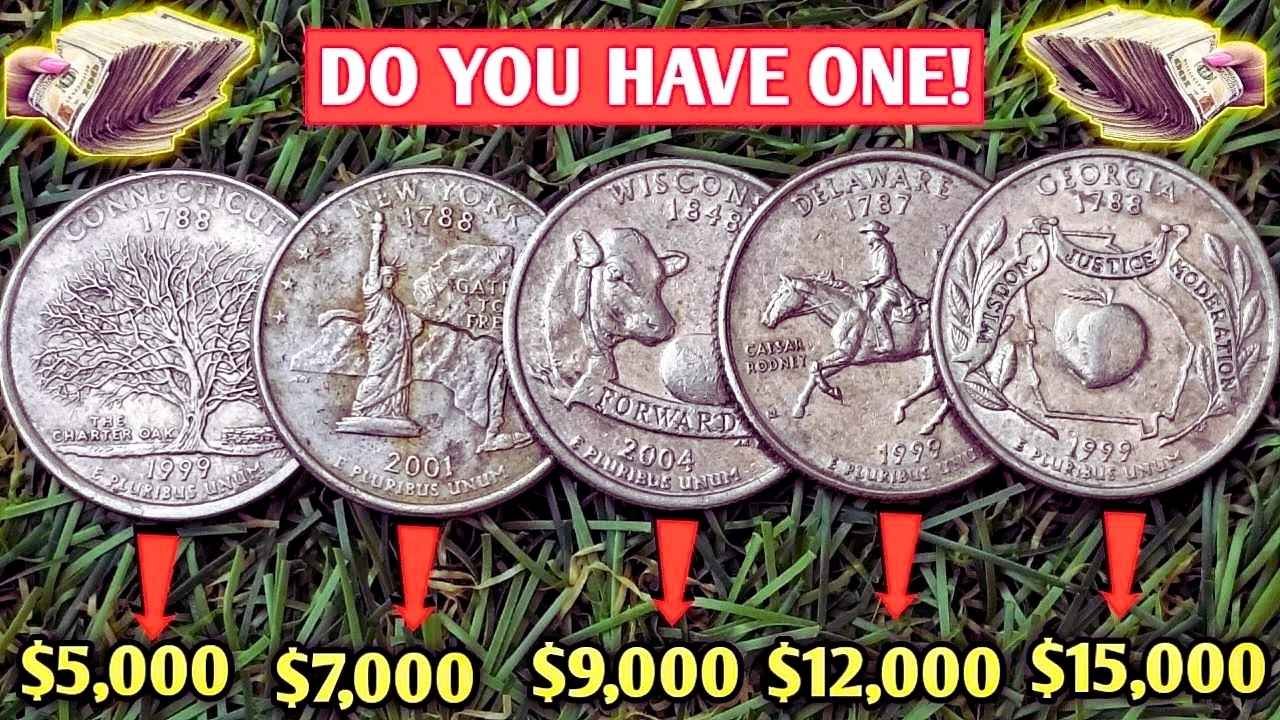The Lincoln Wheat Penny Valued at $1 Million : Imagine finding a penny in your pocket that’s worth a million bucks. Sounds like a fairy tale, but the Lincoln Wheat Penny, a coin from America’s past, has collectors buzzing after a super-rare version reportedly hit a $1 million valuation. Minted from 1909 to 1958, these pennies show Abraham Lincoln on one side and wheat stalks on the back. Most are just old change, worth a few cents, but a handful are so rare they could make you rich overnight. With billions made decades ago, some might still be jangling around in cash registers, coin jars, or even your wallet right now.
The Penny’s Place in History
Back in 1909, the U.S. Mint rolled out the Lincoln Wheat Penny to celebrate Lincoln’s 100th birthday. It was a big deal, the first coin to feature a real person’s face. Designed by Victor David Brenner, it had Lincoln looking dignified, with wheat on the back to nod to America’s farming heart. These coins, mostly copper, were everyday money for buying groceries or movie tickets. By 1958, the Mint switched to the Lincoln Memorial design, ending the wheat era. With over 30 billion made, they’re still common in old collections or attic boxes, but the rare ones are what get hearts racing.
What Makes a Penny Worth $1 Million?
The million-dollar penny isn’t your average spare change. A 1909-S VDB, named for the San Francisco mint and the designer’s initials on the back, is the holy grail. Only 484,000 were made before the Mint scrapped the initials, making it crazy rare. If it’s in pristine shape, with sharp details and a bright copper glow, collectors lose their minds. At a recent auction, one in near-perfect condition hit a jaw-dropping $1 million. Other years, like the 1914-D or 1922 No D, can also fetch thousands if they have errors like doubled letters or missing mint marks. The trick is finding one that’s barely been touched since it was made.
Are These Treasures Still Out There?
Could a million-dollar penny really be in circulation? It’s not impossible. While most Wheat Pennies were pulled from use after 1958, some still sneak into everyday change. People find them in bank rolls, old piggy banks, or at flea markets. Coin collectors share stories of spotting valuable ones in random handfuls of change, especially in older towns where vintage coins linger. The odds are slim, but with so many pennies made, a few gems slip through. Last year, a news story told of a 1914-D penny worth $10,000 found in a vending machine return slot. A million-dollar find is rare, but lesser treasures worth hundreds pop up often.
How to Spot a Million-Dollar Penny
Want to hunt for treasure without a metal detector? Check your pennies for these clues:
Look at the date and mint mark under Lincoln’s neck. A tiny “S” for San Francisco or “D” for Denver from early years like 1909 or 1914 is a good sign.
The coin should have a reddish shine, not a dull brown from years of grime.
Feel for crisp edges and clear details, no scratches or dents.
Avoid coins someone tried to clean, as that tanks the value.
If you spot a keeper, take it to a coin shop or check online collector forums for advice. A magnifying glass and good light are all you need to start.
Here’s a quick guide to some top-value Wheat Pennies in great condition:
| Year and Mint | Key Feature | Estimated Value |
|---|---|---|
| 1909-S VDB | Designer’s initials | Up to $1,000,000 |
| 1914-D | Low mintage | $50,000 – $150,000 |
| 1922 No D | Missing mint mark | $5,000 – $20,000 |
| 1955 Doubled Die | Thick doubled text | $2,000 – $5,000 |
The hunt for a Lincoln Wheat Penny is like a treasure hunt anyone can join. From kids sorting pocket change to retirees digging through old jars, these coins spark dreams of a big payday. Next time you’re counting pennies, take a closer look, you might just find a million-dollar surprise.
